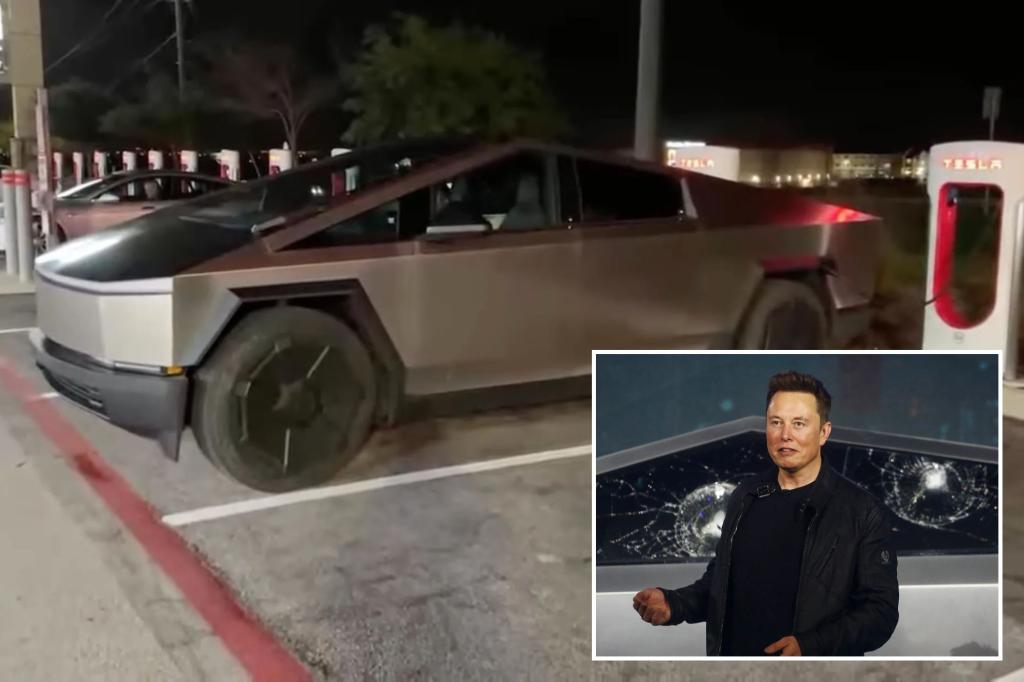Tesla Cybertruck gets less than 80% of advertised range in YouTuber’s test::A YouTuber took Tesla’s Cybertruck on a ride to see if it can actually hit its advertised 320-mile range, only to find out that its could only reach 79% of the target. When YouTuber Kyle Conn…



I hate Tesla and especially the Cybertruck as much as the next guy, but this was a highway test and that sounds like a completely normal result.
I own a Bolt EV which is rated for 259 miles of range. On the highway, that’s more like ~220. That sounds bad, but the other side of it is that I get ~300 miles of range during my normal work commutes through the city. This is just how EVs are, the estimated range is based on a mixed test. EVs are backwards compared to ICE, you’ll get ~20% less range than the EPA estimate driving highway speeds and ~20% more doing purely city driving.
I wrote this in another comment, but Tesla has been known for a long time to game EPA numbers. Here’s an article from 2020 talking about it: https://insideevs.com/news/407807/eletric-car-real-world-range-tested/
Several get below their EPA numbers, but several cars also get higher. Tesla models all get significantly below their claimed mileage.
The insideevs article reports 239 miles for a Model 3 Performance while clicking all the way through to the actual source of the testing “Whatcar” reported 324 miles for a M3 LR. What car indeed. I don’t believe these low numbers.
I’m sure Tesla has been overly aggressive with the range numbers. Especially people in colder climates must be getting far less than advertised. But these low-effort articles are not the best of sources.
It’s worth noting that he recently did the same test, with similar temps, in the EV9 (which is also super inefficient on the highway), and got over the EPA range. IIRC most of his range tests exceed EPA numbers.
also, the EPA test cycle for highway has a maximum speed of 60mph, with the average below 50
And EVs and hybrids have regenerative braking so that does some recharging of the batteries. It’s not going to be stellar, but in stop and go traffic, it could definitely had some miles to range. There’s a lot less stopping on highways.
Regenerative braking isn’t magical. It doesn’t add range. It reduces range lost by stopping. Conservation of energy is still a thing.
If you were to drive any speed uninterrupted until the vehicle died, then attempted the same drive with stops every mile, the vehicle wouldn’t make it to the end.
Semantics. Regenerative braking adds miles of range compared to those without.
Yes, but it’s unrelated to highway versus city performance in electric/hybrid cars.
Driving under highway speeds is almost always more efficient due to wind resistance. But for ICE cars without regenerative brakes the losses from braking and idling hurt enough to give the illusion of freeway efficiency.
And the reason actual highway speed versus the estimates on the sticker are often so far off with ICE cars is that the test is based on 55mph max highway speeds with an average speed of 48mph. Meanwhile the speed limits on all the freeways near me are between 75 and 85, making actual performance way, way worse.
This is true, but it’s neglecting one variable that does complicate the math slightly. There is greater air resistance at highway speeds. IIRC at 60mph 50% of your power is lost due to the air resistance.
So yes, if we lock the speed to a fixed value and compare them, then regenerative of course doesn’t increase the range more than not stopping at all. But that’s the nuanced gap in the discussion where misunderstanding is going to reside. That’s why you two are on different pages. Someone is assuming equal air resistance (speed), and someone is assuming a comparison of average city miles vs highway miles.
Neither is necessarily the ONLY way to look at it. It’s all relative.
Yeah this is what it’s like with my mach e as well. I have an extended range and I get 300ish miles town/city but on the highway probably 240. So realistically I charge every 190-220 miles on long road trips with the 80% fast charging stations.
Also this test was at 45⁰ C? That is not a normal temperature for most people.
It’s farenheit, Its winter/cold in America right now